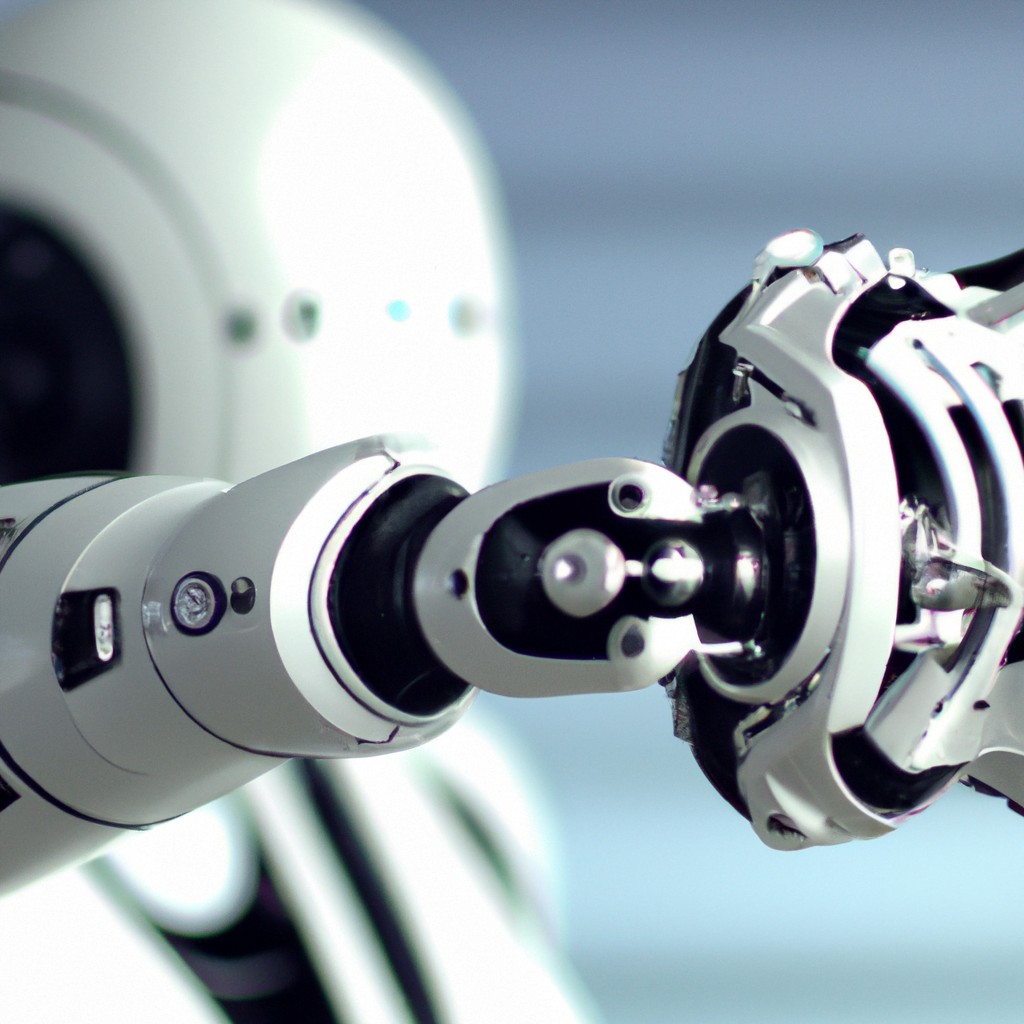The ethics of using robots in the classroom
As technology advances, robots are becoming more and more prevalent in our daily lives. One area where robots are increasingly being used is in the classroom. While the use of robots in education can bring many benefits, there are also ethical considerations that need to be taken into account.
Benefits of Using Robots in the Classroom
There are several benefits to using robots in the classroom. For one, robots can provide personalized learning experiences for students. They can be programmed to adapt to each student’s individual learning style and pace, providing customized feedback and support. This can help students who struggle with certain subjects to catch up and excel.

Another benefit of using robots in the classroom is that they can provide a safe and controlled environment for students to learn and experiment. For example, robots can be used to teach coding and robotics without the risk of students damaging expensive equipment or hurting themselves.
Finally, robots can also help to make learning more engaging and fun for students. They can be used to create interactive lessons and activities that are both educational and entertaining.
Ethical Considerations of Using Robots in the Classroom
While there are many benefits to using robots in the classroom, there are also ethical considerations that need to be taken into account.
One major concern is the potential loss of jobs for human teachers. As robots become more advanced and capable of teaching, there is a risk that they could replace human teachers altogether. This could lead to job losses and a reduction in the quality of education as robots may not be able to provide the same level of care and attention as a human teacher.
Another concern is the potential for robots to perpetuate biases and discrimination. If robots are programmed with biased or discriminatory algorithms, they could reinforce existing societal prejudices and inequalities. It is therefore important that robots are programmed in a way that is fair and unbiased.
Finally, there is also a concern about the privacy and security of students’ data. As robots collect data on students’ learning progress and behavior, there is a risk that this information could be misused or stolen. It is therefore important that schools and educators take steps to protect students’ privacy and ensure the security of their data.
Conclusion
While the use of robots in the classroom can bring many benefits, there are also ethical considerations that need to be taken into account. It is important that we carefully consider these issues and ensure that the use of robots in education is done in a way that is fair, unbiased, and respectful of students’ privacy and well-being.






